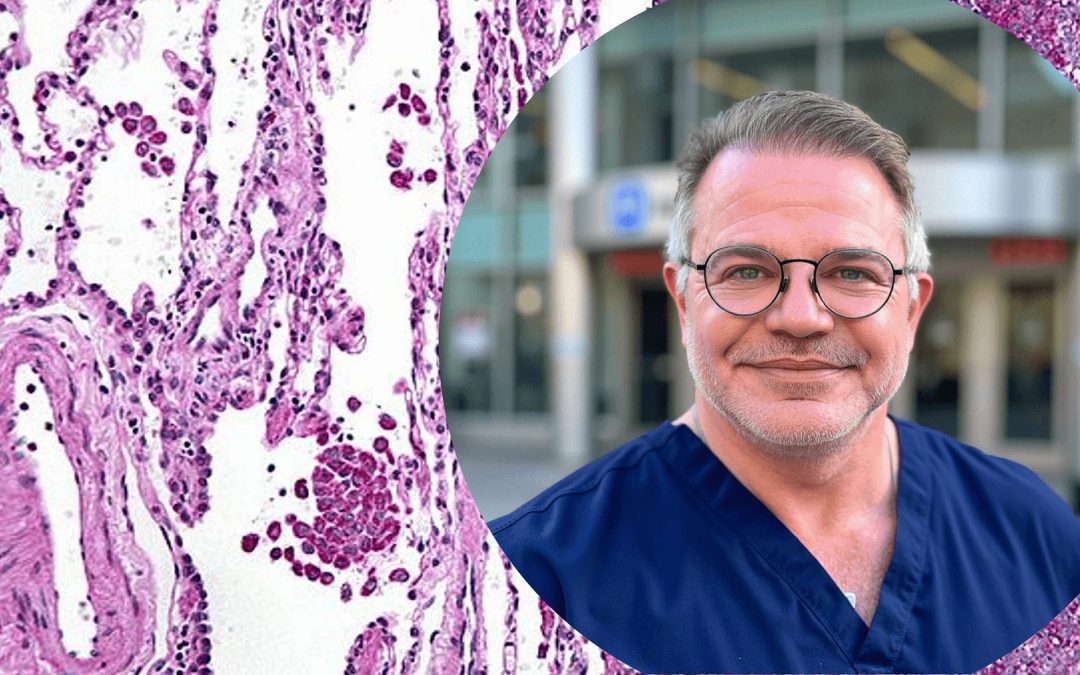Musculoskeletal tumors, symptoms, and treatment are essential to understand because these tumors can affect the bones, spine, joints, and surrounding soft tissues. They may occur in nearly any part of the body and can be either benign (noncancerous) or malignant (cancerous).
There are more than 70 types of musculoskeletal tumors. Some grow slowly while others progress rapidly, with varying risks of spreading to other areas of the body. Receiving care from an experienced orthopedic oncologist who regularly treats musculoskeletal tumors offers the best chance for successful outcomes.
Over the course of his career, Dr. James C. Wittig has treated more than 10,000 patients with bone, spinal, and soft tissue tumors, establishing himself as a leader in the field of orthopedic oncology.
Sarcoma, Bone, and Spinal Tumor Symptoms
Symptoms depend on the type of tumor and its rate of growth. Some tumors produce no early symptoms, especially when they are small. Common signs may include:
- Bones that fracture easily
- Joint pain or stiffness
- Loss of sensation or weakness
- A noticeable mass, painful or painless
- Swelling in the affected area
- Difficulty controlling bowel or bladder function (in cases involving the spine)
Musculoskeletal tumors form when cells in bone or soft tissue multiply abnormally. While the exact causes are still under investigation, certain inherited genetic conditions increase risk, including neurofibromatosis, Li-Fraumeni syndrome, and familial adenomatous polyposis. Additionally, immune system conditions such as HIV, psoriasis, and lupus may heighten susceptibility to sarcomas.
Diagnosis and Treatment
Diagnosis involves medical imaging and biopsy, followed by a treatment plan tailored to the tumor type. Options may include surgery, chemotherapy, and radiation therapy. Recovery and long-term outcomes depend on the specific tumor and the patient’s overall health.
🎥 Learn More from Dr. James C. Wittig
Watch Dr. Wittig’s free educational video on musculoskeletal tumors to better understand diagnosis, surgery, chemotherapy, radiation, and recovery after treatment.

